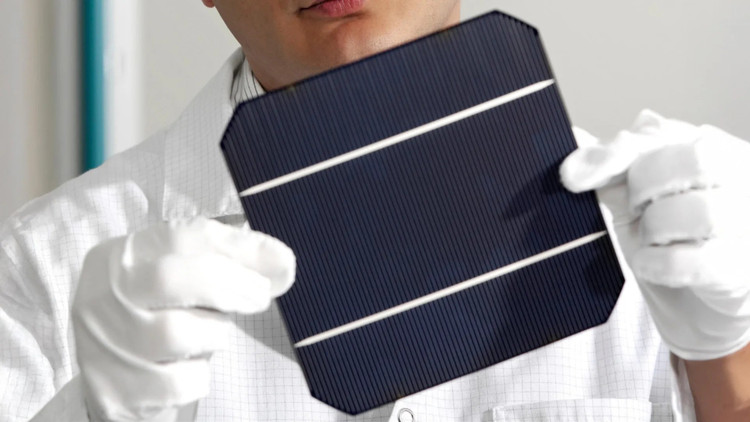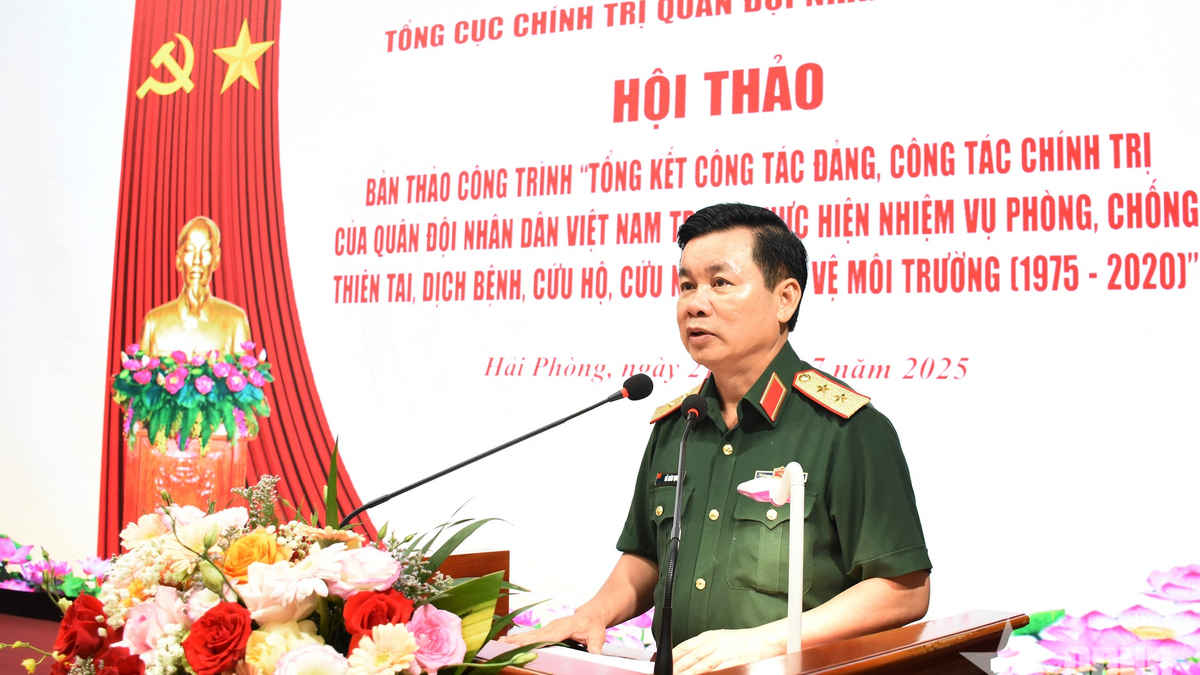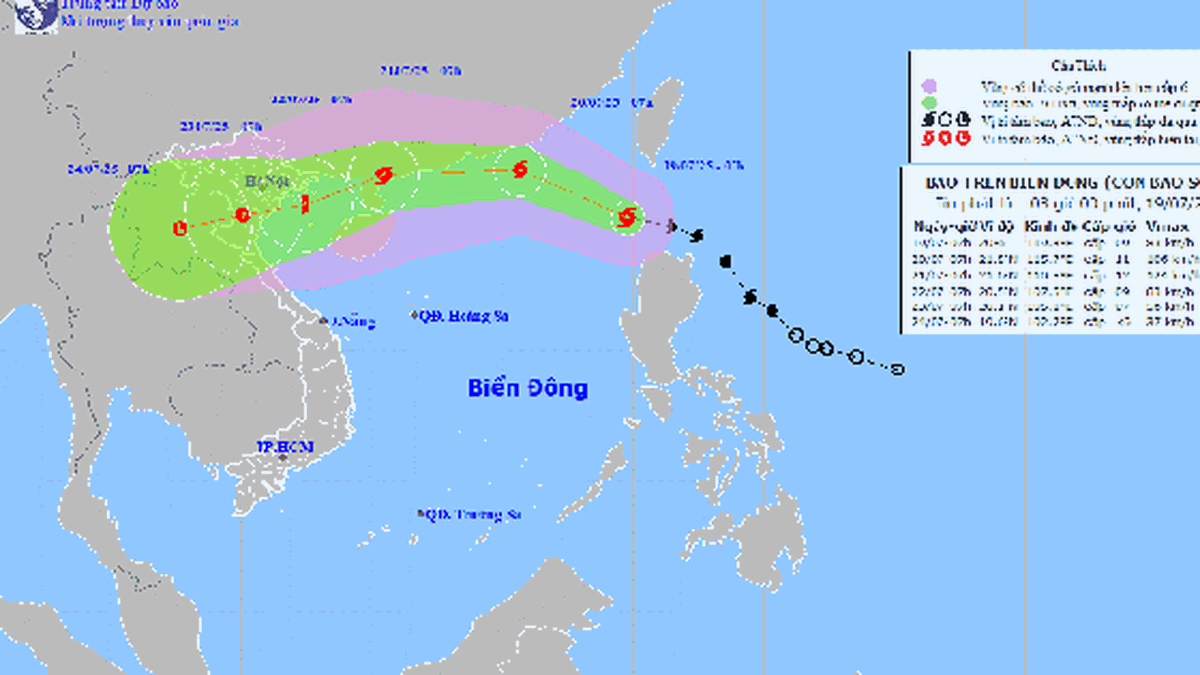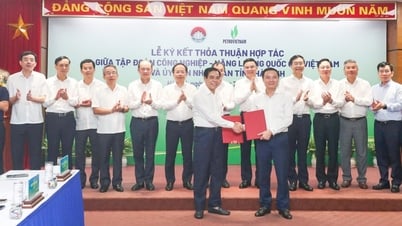A research team at the Hepei Institute of Physical Sciences under the Chinese Academy of Sciences has just announced a new method to increase solar cell efficiency by more than 10% by optimizing the nanostructure of photovoltaic materials.
In the study, scientists successfully developed a technique to adjust the distance between titanium dioxide (TiO₂) nanorods without changing their individual size. These single-crystalline nanorods are known for their light absorption and electrical conductivity, and are widely used in solar cells, sensors, and photocatalysts.

A previous technical problem was that adjusting the nanorod density often entailed simultaneous changes in height and diameter, which affected device performance. To overcome this, the team extended the hydrolysis stage during the precursor film formation. Extending this stage resulted in the formation of longer gel chains, resulting in smaller anatase particles. When the anatase film was hydrothermally treated, these particles converted in situ to rutile, which served as the seed for nanorod growth.
In this way, the team created TiO₂ films with constant nanorod diameter and height, while still controlling the distribution density. When these films were integrated into CuInS₂ solar cells (processed at low temperatures), the energy conversion efficiency was achieved up to 10.44%.
To explain the working mechanism, the authors proposed a “Volume-Surface-Density model”, analyzing the relationship between nanorod density and the ability to absorb light, separate current and recover carriers. This model shows that adjusting the distance between nanopillars not only affects the optics but also helps reduce energy loss, increase the ability to collect charges, thereby improving the overall performance of the device.
In addition to its applications in solar cells, the technique also opens up prospects in the fields of optoelectronics and catalysis, where nanostructures play a decisive role in performance. By controlling the structure formation process at the microscopic level, the new method makes an important contribution to the development of high-performance materials without the need for expensive or complex fabrication technologies.
This study not only provides a solution for improving solar cells but also presents a complete system linking fabrication conditions, microstructure formation process and device performance optimization, a significant contribution to future clean energy technology.
Source: https://khoahocdoisong.vn/tang-hieu-suat-pin-mat-troi-len-hon-10-nho-cong-nghe-nano-post1555380.html





























![[Photo] National Assembly Chairman Tran Thanh Man visits Vietnamese Heroic Mother Ta Thi Tran](https://vphoto.vietnam.vn/thumb/1200x675/vietnam/resource/IMAGE/2025/7/20/765c0bd057dd44ad83ab89fe0255b783)





































































Comment (0)